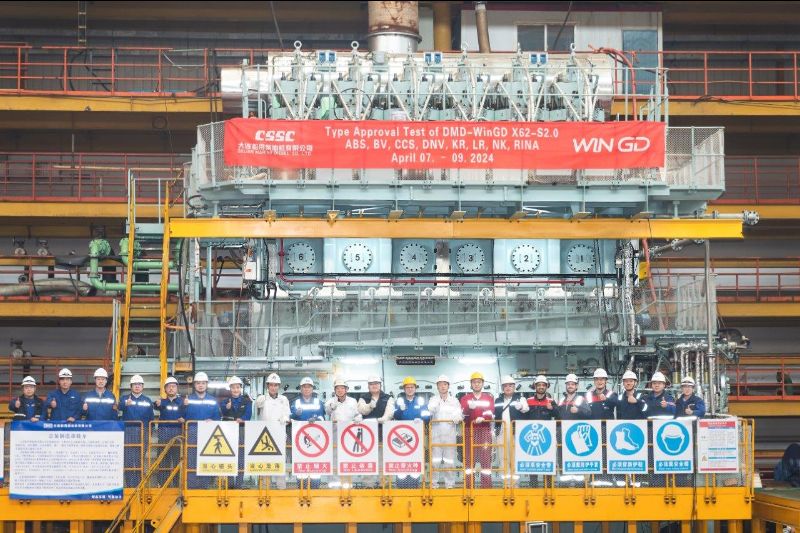
Mexico’s New $900 Million Mega-Container Port
 The Port of Los Angeles, the country’s busiest container port, faces an uncertain future. A $5.25-billion project will make the Panama Canal wider and deeper, allowing ships from China to bypass West Coast ports for deepwater ports on the US Gulf Coast and East Coast. Experts suggest that as much as a quarter of the approximately 60 million tons of cargo – nearly 8 million TEU’s in 2011 – Los Angeles and neighboring Long Beach handles each year could be diverted, shrinking both the size and importance of the terminals. But the canal is not the port’s only competition.
The Port of Los Angeles, the country’s busiest container port, faces an uncertain future. A $5.25-billion project will make the Panama Canal wider and deeper, allowing ships from China to bypass West Coast ports for deepwater ports on the US Gulf Coast and East Coast. Experts suggest that as much as a quarter of the approximately 60 million tons of cargo – nearly 8 million TEU’s in 2011 – Los Angeles and neighboring Long Beach handles each year could be diverted, shrinking both the size and importance of the terminals. But the canal is not the port’s only competition.
Early last month APM Terminals, the ports arm of Danish oil and shipping group A.P. Moller-Maersk, signed a 32-year concession contract with the Port of Lazaro Cardenas (APILAC) for the design, financing, construction, operation, and maintenance of a new specialized container terminal at the port.
APM Terminals will start construction on Mexico’s new super port by September of this year. The first phase will be completed in 2015, costing over USD 300 million. The terminal will undergo a phased expansion in accordance with provisions stipulated in the concession agreement. The entire project will require an investment of over USD 900 million.
“This agreement shows our confidence in the future of the Mexican market. Our investment and expertise will help transform the nation’s competitiveness through an efficient, integrated port and inland service network. We look forward to working closely with Mexican leaders and applaud their timing and vision for this vital infrastructure project” stated JD Nielsen, Managing Director, APM Terminals Lazaro Cardenas SA de CV. Once completed, the terminal will offer a total area of 102 hectares, with 1,485 meters of quay, and water depth along the channel and quay of 16.5 meters.
The port handled 160,000 TEU in 2005 but with the improvement of roads and rail service to the United States via Kansas City Southern Railway, the port is estimated to reach a total annual capacity of 2.2 million TEU after the expansion is complete.

Subscribe for Daily Maritime Insights
Sign up for gCaptain’s newsletter and never miss an update
— trusted by our 109,107 members

Get The Industry’s Go-To News
Subscribe to gCaptain Daily and stay informed with the latest global maritime and offshore news

 Join The Club
Join The Club








